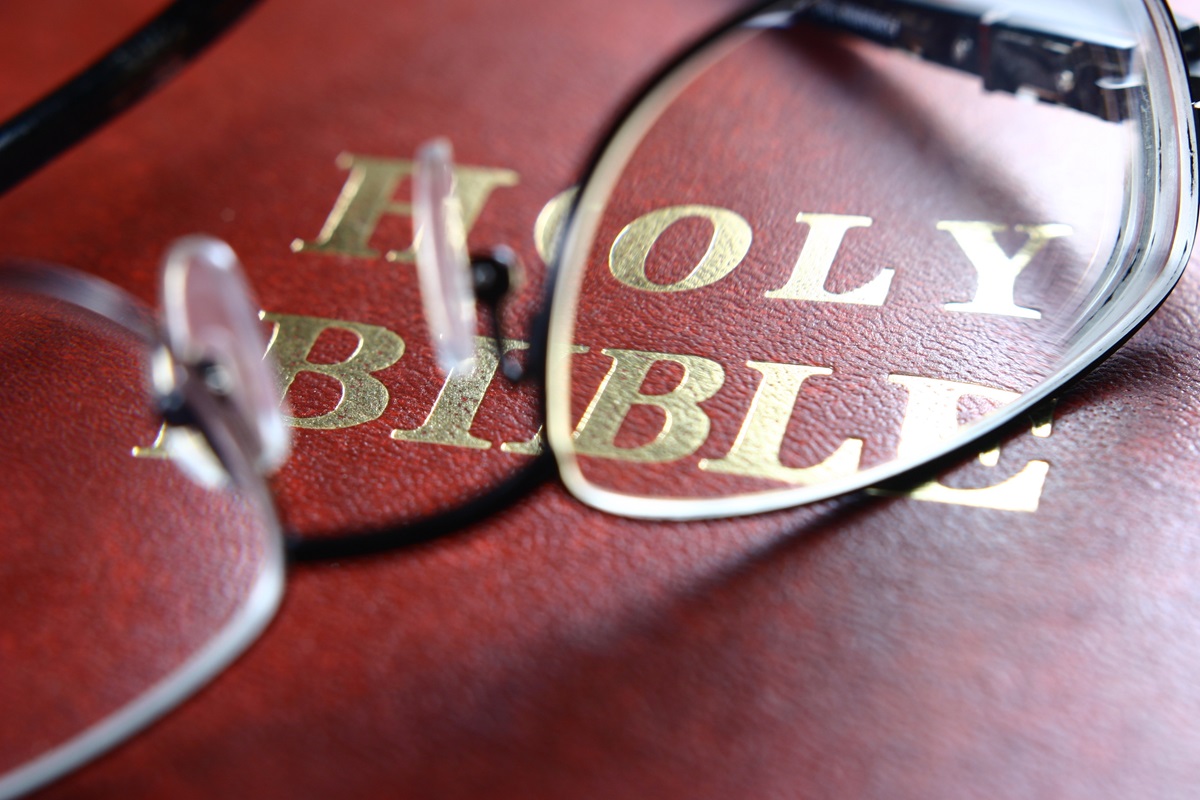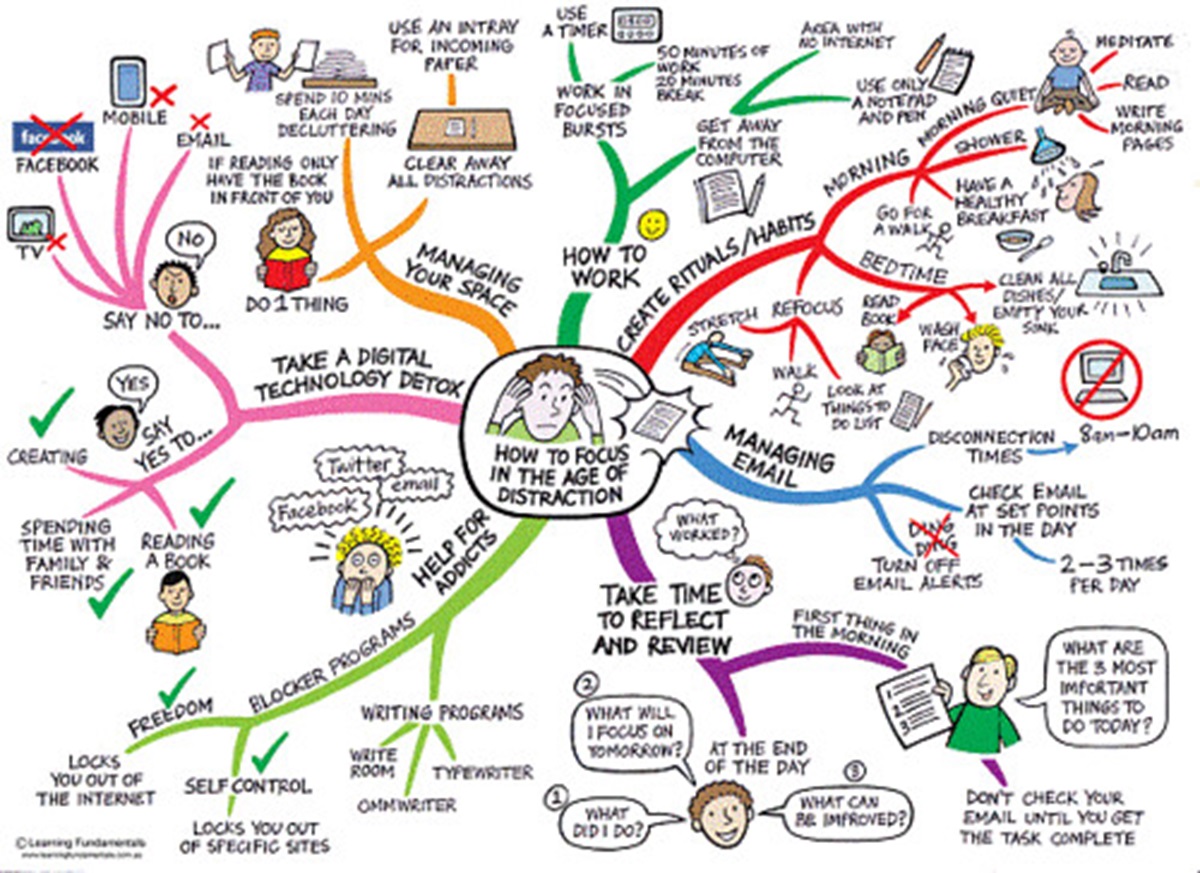
Thanks for your interest in this opportunity. C-Suite Network is the largest business network of its kind, with hundreds of live and in-person events each year. We are seeking Top-Quality Business Podcast Producers to join our team.
By 2025, we will have over 2000 podcasts on our network and will be positioned to be the largest Business Network in the world.
If you have what it takes, please review the Job Listing below and apply ASAP.
We have our sights on 90 cities and are not slowing down.
Business Podcast Producer
Job Description: Business Podcast Producer
Are you passionate about storytelling, business trends, and the podcasting medium? We are looking for an experienced Business Podcast Producer to manage, develop, and produce high-quality episodes that engage audiences and provide valuable insights into the business world. In this role, you will collaborate with hosts, guests, and the marketing team to create content that aligns with our brand and audience needs.
Responsibilities:
- Manage all aspects of podcast production, from concept to distribution.
- Research and develop episode themes, guest lists, and topics relevant to the business industry.
- Coordinate schedules with hosts and guests, ensuring smooth recording sessions.
- Oversee the recording process, providing direction and technical support as needed.
- Edit audio to ensure clarity, continuity, and high-quality sound.
- Add sound design elements, including music, ads, and transitions.
- Develop podcast scripts and outlines when necessary.
- Work closely with the marketing team to promote each episode and develop a distribution strategy.
- Monitor analytics and listener feedback to refine future episodes.
- Stay updated on industry trends and new technologies in podcasting and business.
Required Skills and Qualifications:
- Proven experience as a podcast producer or in a related audio production role.
- Strong knowledge of the business industry, trends, and relevant topics.
- Proficiency with audio editing software (e.g., Adobe Audition, Audacity, Pro Tools).
- Ability to coordinate multiple projects, meet deadlines, and work independently.
- Excellent organizational and time-management skills.
- Strong interpersonal skills for working with hosts and guests.
- Creative mindset with a keen ear for storytelling.
- Basic knowledge of podcast hosting platforms and distribution channels (e.g., Spotify, Apple Podcasts).
- Familiarity with SEO strategies and audience engagement techniques.
- Experience with remote recording technologies (e.g., Riverside.fm, Zencastr).
Preferred Qualifications:
- Degree in communications, journalism, marketing, or audio production.
- Experience working in a business media environment or with high-profile guests.
- Graphic design skills for promotional material (e.g., Canva).
- Understanding of podcast monetization strategies (e.g., ads, sponsorships, affiliate marketing).
What We Offer:
- Flexible working arrangements (remote or hybrid).
- Competitive pay with performance-based upside.
- Opportunity to work with thought leaders and industry experts.
- Professional growth through training and networking.
- An exciting and dynamic work environment with creative freedom.
- Inclusion in our Media Resources portal.
- Featured in our Best Podcast Producers marketplace and more…..
How to Apply:
If you are passionate about audio storytelling and business trends, we want to hear from you! Send your resume, cover letter, and links to previous podcast projects (in the Subject, please put GO BIG PRODUCER OPPORTUNITY) to karl.post@hayzlett.com
 Take a look at our GO BIG!! TOUR SCHEDULE
Take a look at our GO BIG!! TOUR SCHEDULE









